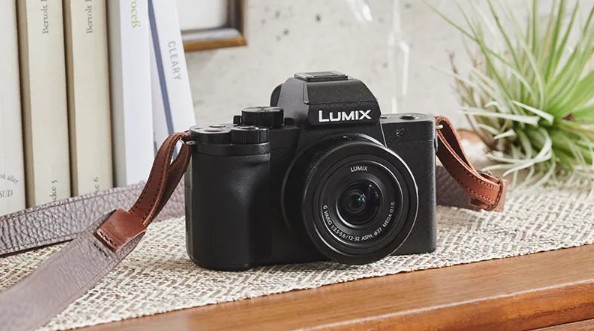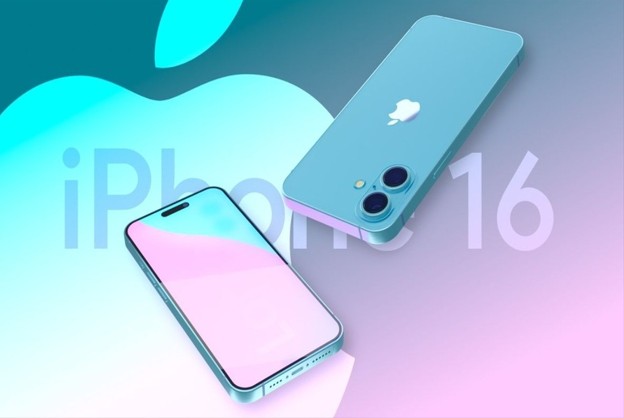Best Selling Products
Zenbook A14, S16 and 14: When Technology Meets Design Sense from ASUS
Nội dung
- 1. “Design You Can Feel”: A space to experience ASUS design philosophy
- 2. Ceraluminum – Symbol of design philosophy combining technology and touch
- 2.1. The combination of technology and inspirational materials
- 2.2. When design is not just to look at but to touch and feel
- 2.3. Materials associated with sustainable development philosophy
- 3. Zenbook A14, S16 and 14 – The embodiment of tactile design philosophy
- 3.1. Zenbook A14 and S16: Thin, light, powerful, emotional
- 3.2. Zenbook 14: Balance between tradition and modernity
“Design You Can Feel” is the design statement that ASUS has been pursuing for many years. In it, technology is not just a tool to use, but also something that can be touched, felt and connected. The exhibition space of the same name organized by ASUS is not simply a place to display products, but an experiential journey - where users can directly come into contact with the humanistic design spirit that the company pursues.
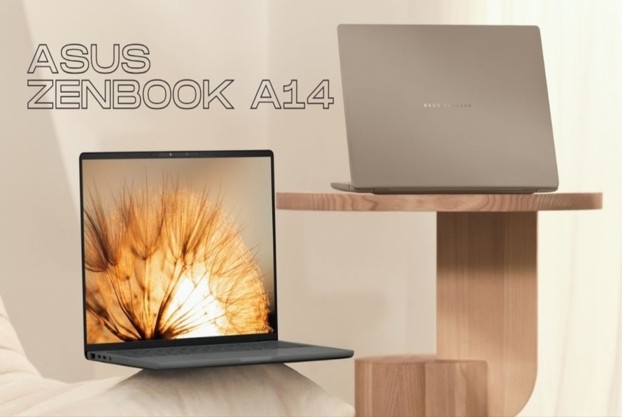
Since 2007, when the Eee PC netbook series was launched, compact and mobile-first, ASUS has demonstrated a human-centric design vision. In 2011, the Zenbook series was officially launched, opening the era of ultra-thin, streamlined but powerful laptops. Since then, ASUS has maintained and developed the philosophy of "design for the user", with continuous improvements in materials, performance and aesthetics.
In 2025, ASUS officially entered a new design phase with the “Design You Can Feel” manifesto, a manifesto that is not only about shape or technology, but also about the experience of touch – feeling – connection. This philosophy has been conveyed by ASUS through a series of international exhibitions, through a new material called Ceraluminum, and especially through three new generation Zenbook products: Zenbook A14, Zenbook S16 and Zenbook 14. Not just simple thin and light laptops, the new Zenbook trio is also the living embodiment of a generation of emotional design, where every line, surface, weight, performance and all work towards the ultimate goal: bringing a deep connection between users and technology.
1. “Design You Can Feel”: A space to experience ASUS design philosophy
“Design You Can Feel” is the design statement that ASUS has been pursuing for many years. In it, technology is not just a tool to use, but also something that can be touched, felt and connected. The exhibition space of the same name organized by ASUS is not simply a place to display products, but an experiential journey - where users can directly come into contact with the humanistic design spirit that the company pursues.
The “Design You Can Feel” exhibition has visited iconic cities for creativity such as Shanghai, London and most recently Milan – the capital of design. Here, ASUS chose Galleria Meravigli – an architectural work with deep cultural and aesthetic values as the backdrop to pose a big question: how close can technology become to humans? And how can design redefine the relationship between humans and machines?
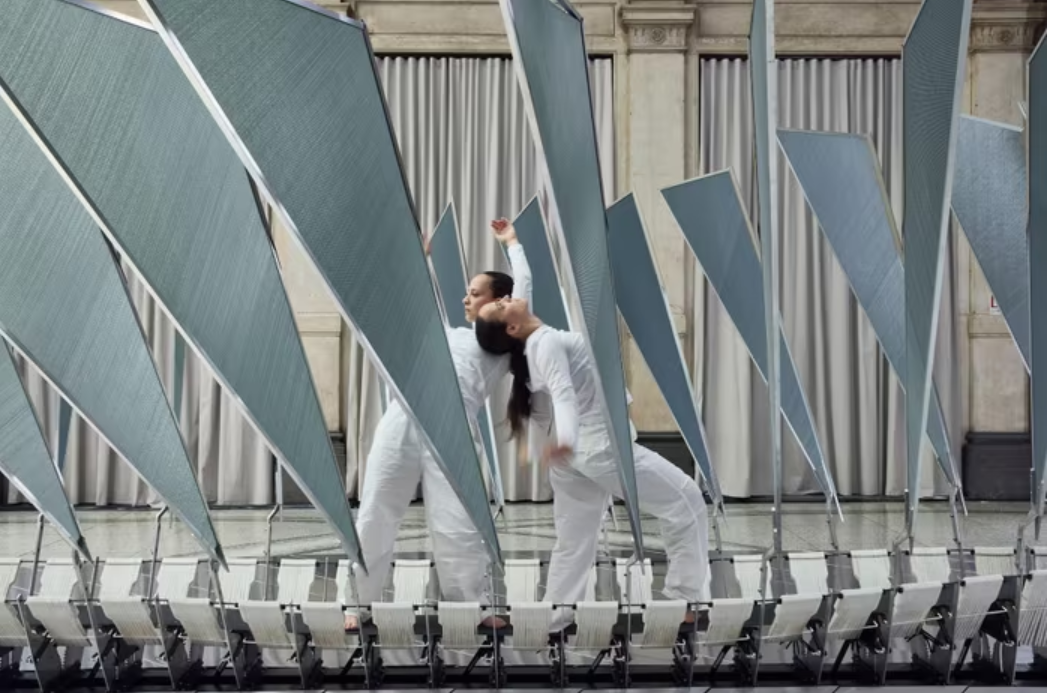
The centerpiece of the “Willful Wonder” exhibition by Studio INI is a vivid illustration of that philosophy. Made from Ceraluminum and a semi-transparent honeycomb design, the piece responds to the visitor’s every step. Each small movement is recorded through changes in conductivity, which are then transmitted to an AI system that processes it to reconstruct a response model, similar to how an AI laptop learns user behavior to personalize the experience and optimize performance.
The space does not require viewers to understand technology, but allows them to feel it instinctively. Design here is no longer something that stands still and is only for viewing, but a “dialogue” between the product and the person, through movement, materials and real-time reactions.
ASUS doesn’t stop at just a statement. The “Design You Can Feel” philosophy is becoming a design ecosystem where every product, from art exhibitions to commercial laptops, is created with the goal of connecting emotion and technology into a seamless experience.
2. Ceraluminum – Symbol of design philosophy combining technology and touch
In its journey to realize the design philosophy of “Design You Can Feel”, ASUS understands that a technology product can only truly connect with users when it is not only beautiful and powerful, but also creates a personalized tactile experience. That is why Ceraluminum was born, a completely new material researched and developed exclusively by ASUS, laying the foundation for a generation of emotional design.
2.1. The combination of technology and inspirational materials
Ceraluminum is the result of a process called “ceramization”, in which pure aluminum is “ceramicized” using high voltage current in a mineral water environment. This electrochemical reaction creates an ultra-thin ceramic layer covering the aluminum surface, creating a combination of the strength of ceramic and the lightness of metal, both highly aesthetic and ensuring superior performance.
The result is a material that is up to 30% lighter than regular aluminum, but 3 times harder, increasing scratch resistance and better impact resistance without increasing product weight, which is an extremely important factor in ultra-thin laptop designs, especially the Zenbook A14 model that weighs only 980g.
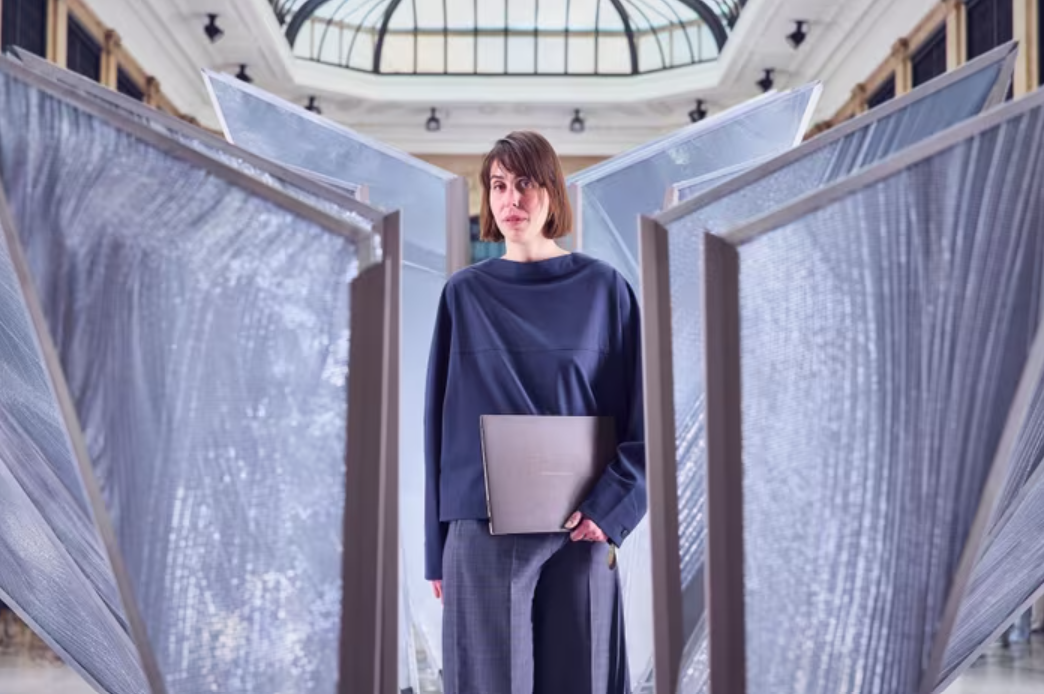
2.2. When design is not just to look at but to touch and feel
What makes Ceraluminum unique is its surface: each plate has a completely different pattern, creating a personalized feeling like a fingerprint. The pattern is not machine-etched, but is a natural result of the “ceramicization” process itself – just like each machine is “born” with its own personality.
The feeling when touching the Ceraluminum surface is very different: smooth, solid, slightly rippled, not cold like aluminum, bringing friendliness, closeness and evoking emotions. This is what ASUS wants to convey: technology is no longer rigid, but can be touched, felt, and become part of personal lifestyle.
2.3. Materials associated with sustainable development philosophy
Ceraluminum not only wins over users with its design and feel, but it is also a step forward for the environment. This material is 100% recyclable, contains no toxic chemicals, and significantly reduces the amount of energy used in production, completely in line with ASUS's sustainable development goals.
In particular, with the Zenbook Ceraluminum Signature Edition collection, ASUS cleverly incorporates natural elements such as images of limestone mountains, sand dunes, and sandstone layers into the case, creating a sense of connection between technology and nature. Ceraluminum is therefore not just a material, but a statement about how technology can bring inspiration to modern users.
3. Zenbook A14, S16 and 14 – The embodiment of tactile design philosophy
The “Design You Can Feel” philosophy does not stop at materials or works of art in the exhibition – but has been fully realized by ASUS in the new generation of Zenbook series, including Zenbook A14, Zenbook S16 and Zenbook 14. These are not only devices for work, but also objects of emotional connection – where design, performance and personalization blend perfectly.
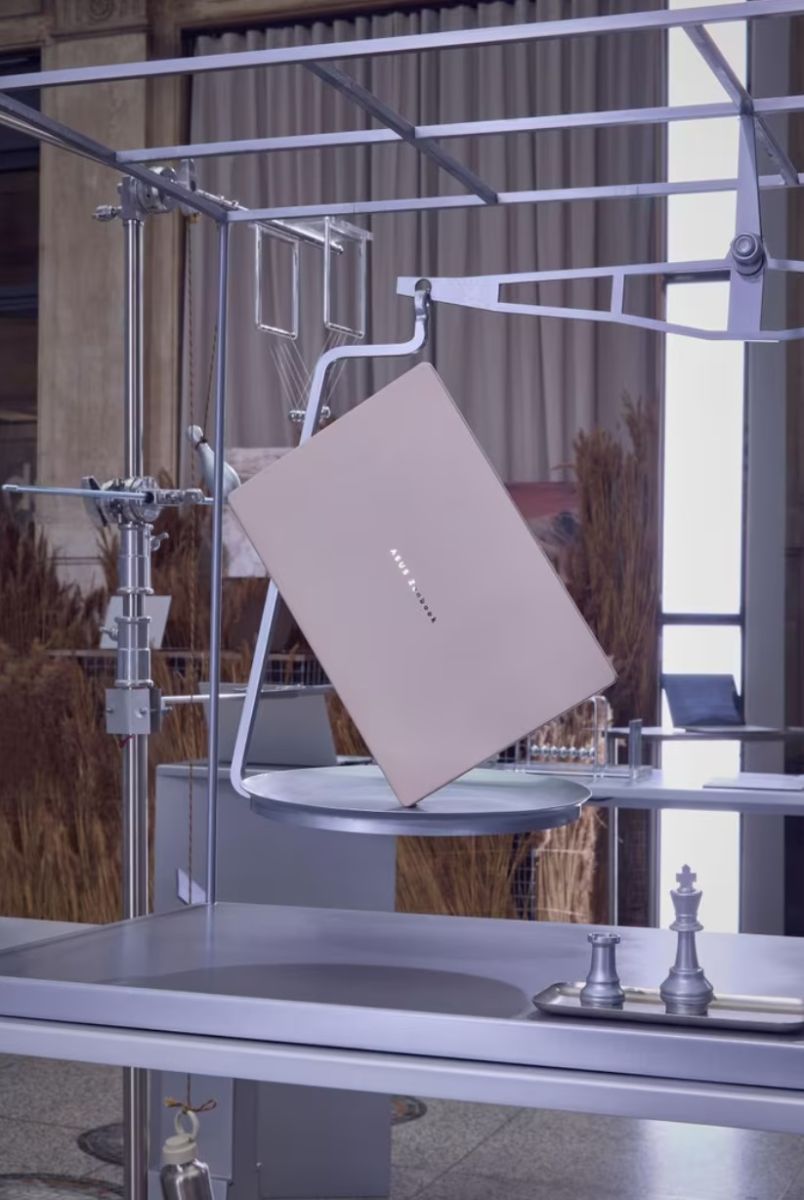
3.1. Zenbook A14 and S16: Thin, light, powerful, emotional
The two flagship laptops developed by ASUS with a completely Ceraluminum case are a clear demonstration of how technology and touch can meet in the same product.
Zenbook A14: The lightest Copilot+ PC AI laptop today, weighing only 980g - ideal for those who travel frequently. The device is equipped with Snapdragon X Elite - a new generation AI chip integrated with NPU (Neural Processing Unit), supporting learning user habits, optimizing the experience and extending battery life up to 28 hours of online video viewing.
Zenbook S16: Despite being a 16-inch model, the Ceraluminum construction still maintains an impressive thinness, elegant design, and is easy to carry. The S16 uses an AMD Ryzen AI chip, aimed at content creators, multimedia creators, or those who need to continuously multitask.
The feeling of holding both models is very special: light, sturdy, user-friendly, creating attachment not only through performance, but also through the emotional experience each time using.
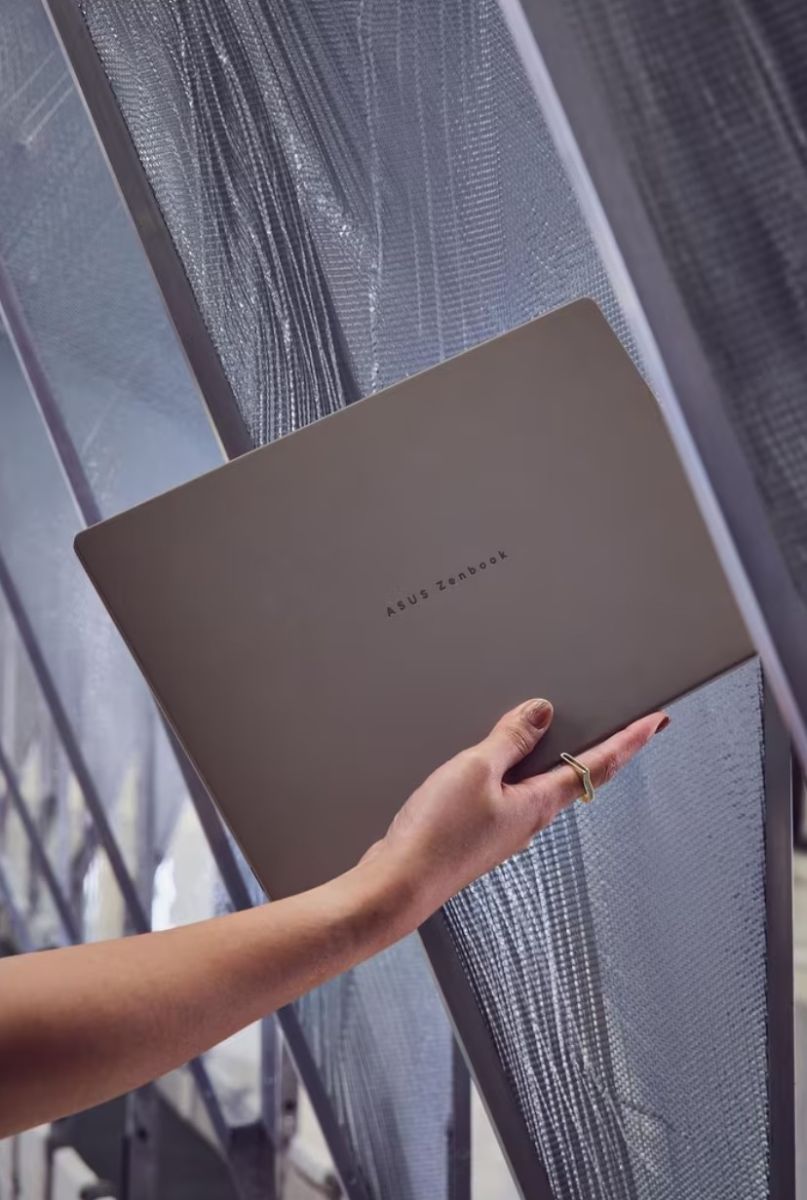
3.2. Zenbook 14: Balance between tradition and modernity
If the A14 and S16 are a complete "transformation" in material design, the Zenbook 14 is ASUS's affirmation of traditional philosophy.
Still using a premium metal shell, Zenbook 14 maintains a thin and light design (only 1.2 kg, 14.9 mm thick) but is strongly upgraded with AMD Ryzen AI chip, Lumina OLED color screen, and battery life up to 17 hours, aimed at office users, light creators or students who need a comprehensive device. In a world of technology that is increasingly complex and cold, ASUS has chosen a different path: making design tangible, palpable and closer to people. The philosophy of "Design You Can Feel" is not just a story of aesthetics or performance, but a journey to redefine the relationship between people and devices from a purely functional tool to a part of lifestyle, aesthetic taste and personal personality.
Zenbook A14, S16 and 14 are testament to that journey. With new materials like Ceraluminum, touch-based interaction, intelligent AI performance and minimalist design, ASUS has brought technology one step closer to users' hearts.










































